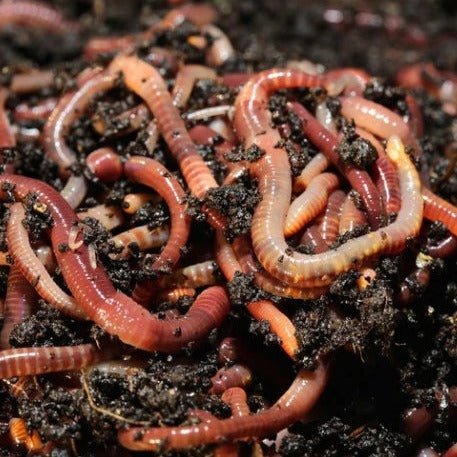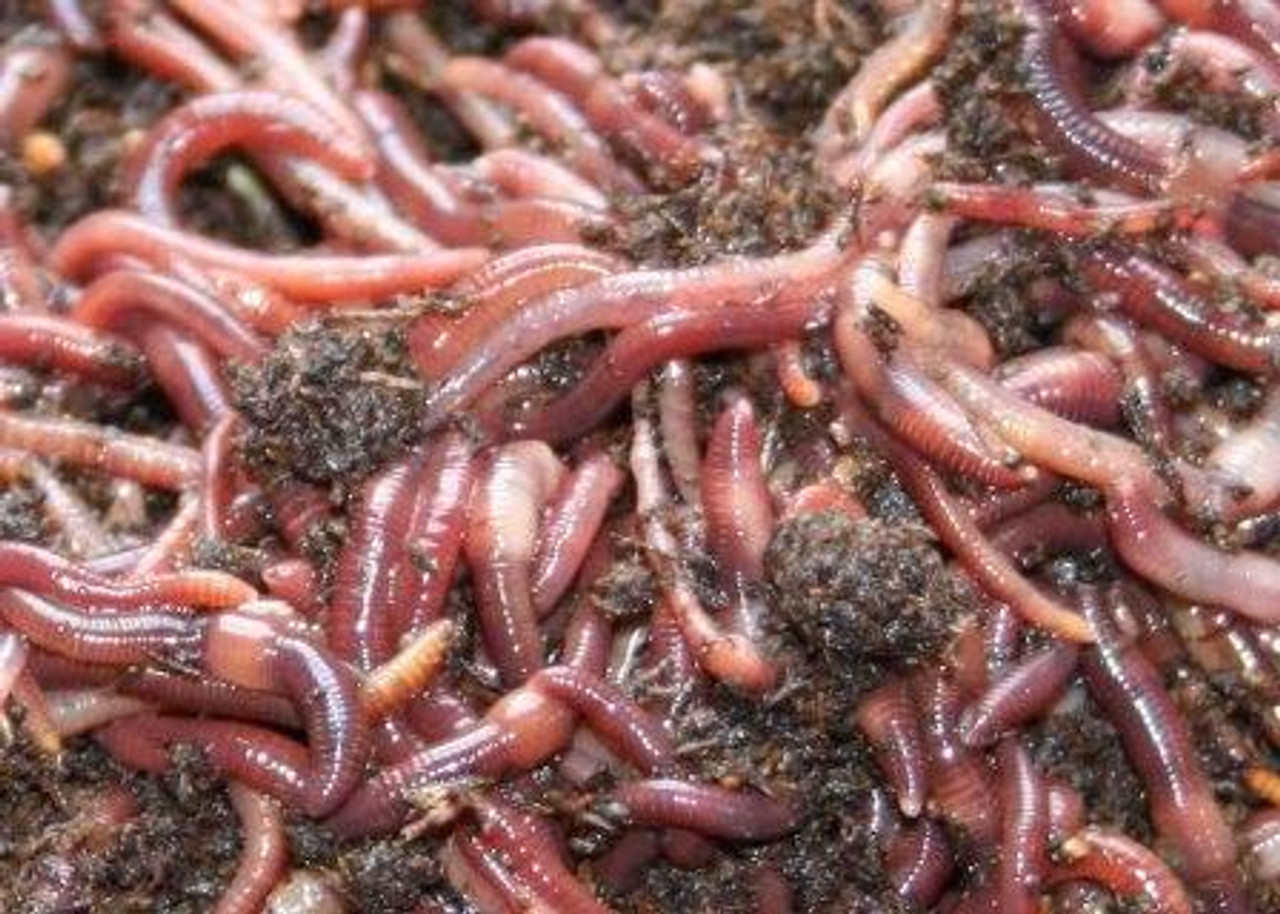Transform Your Lawn with the Expertise of Red Wiggler Express Lawn Care Professionals
Transform Your Lawn with the Expertise of Red Wiggler Express Lawn Care Professionals
Blog Article
Red Wigglers: The Unsung Heroes of Organic Waste Recycling
Red wigglers, or Eisenia fetida, serve as critical representatives in the natural waste reusing procedure, transforming thrown out materials right into important vermicompost. As the world significantly looks for services to fight waste accumulation and boost agricultural efficiency, comprehending the role of these worms comes to be necessary.
What Are Red Wigglers?
The amazing durability of red wigglers, clinically known as Eisenia fetida, emphasizes their essential function in natural waste recycling. These little, reddish-brown earthworms are usually discovered in disintegrating natural matter, such as compost heap and manure loads. Lake Hickory Bait. Unlike other earthworm varieties, red wigglers prosper in nutrient-rich environments and are extremely efficient at damaging down natural materials, making them vital for vermicomposting

(Red Wiggler Express)In enhancement to their function in waste reduction, red wigglers add to soil health and wellness by improving dirt structure and aeration via their burrowing activities (Lake Hickory Bait). Their presence in composting systems not only improves decay prices yet likewise advertises a lasting approach to lose administration, illustrating their importance in eco-friendly preservation efforts
Benefits of Composting With Worms
Composting with worms, particularly red wigglers, supplies many benefits that boost both waste monitoring and soil health and wellness. These worms successfully damage down natural waste, transforming it into nutrient-rich vermicompost that enriches soil. This process speeds up decomposition, permitting for a much faster recycling of cooking area scraps and other natural materials contrasted to standard composting methods.
Additionally, the vermicompost generated by red wigglers is brimming with advantageous microbes, which help boost soil framework, oygenation, and moisture retention. This improves the general health and wellness of plants, advertising energetic development and enhanced returns in yards and farming settings. Additionally, the usage of worms in composting decreases the manufacturing of greenhouse gases, such as methane, contributing to a more lasting waste management system.

Just How to Start Vermicomposting
Establishing a vermicomposting system is a simple procedure that can generate significant benefits for both waste management and soil enrichment. To begin, choose an ideal container, such as a plastic container or wood box, with adequate ventilation holes to guarantee appropriate air flow. The measurements must preferably be around 2 feet by 3 feet, allowing sufficient space for the worms to flourish.
Next, prepare bed linen material, which can contain shredded paper, cardboard, or coconut coir. This bed linen must be dampened to produce an appropriate environment for the worms. When the bed linen is in location, introduce red wigglers (Eisenia fetida) into the bin, usually around one pound of worms for every square foot of surface.
Following the placement of worms, add natural waste, such as fruit and veggie scraps, coffee premises, and smashed eggshells. Prevent adding dairy, meat, or oils, as these can create smells and draw in bugs. Place the container in a shaded, temperature-controlled area to maintain optimum problems for worm activity. With these actions, you will properly start a vermicomposting system that adds to sustainable waste monitoring and enhances your soil.
Maintaining a Healthy And Balanced Worm Bin
(Lake Rhodhiss Bait)Keeping a worm container prospering requires routine attention and treatment to guarantee the wellness of the red wigglers and the effectiveness of the composting procedure. Proper upkeep begins with checking the wetness degrees; the bin must be damp however not saturated. A great regulation of thumb is to preserve an uniformity similar to a wrung-out sponge.
Delicately blending the bedding and food scraps every few weeks stops compaction and makes certain that all worms have accessibility to oxygen. In addition, it is important to feed the worms appropriately.
Temperature guideline is an additional essential aspect. Red wigglers flourish in a series of 55 to 77 levels Fahrenheit. If the container comes to be also warm or cool, the worms might become stressed - Lake Hickory Bait. Lastly, periodically check for signs of health and wellness, such as worm population growth and the existence of healthy castings. By vigilantly handling these aspects, one can preserve a durable and productive worm bin.
Influence On Lasting Living
The effective maintenance of a worm container not just benefits the health of red wigglers yet additionally contributes considerably to sustainable living techniques. By reusing organic waste, such as cooking area scraps and lawn debris, red wigglers aid draw away substantial quantities of product from landfills. This decrease in waste not only decreases greenhouse gas discharges yet also minimizes the ecological problem related to waste monitoring.
Moreover, the spreadings produced by red wigglers act as a nutrient-rich natural plant food, improving dirt health and advertising plant development. This natural choice to chemical fertilizers sustains sustainable farming and gardening practices, lowering reliance on artificial inputs that can harm ecological communities. Additionally, worm composting cultivates awareness of waste monitoring, encouraging people and communities to embrace even more lasting practices.

Final Thought
In recap, red wigglers act as essential factors to natural waste recycling via their reliable disintegration of natural products. Their capacity to create nutrient-rich vermicompost boosts dirt wellness and sustains lasting farming techniques. By integrating vermicomposting into waste administration methods, individuals and neighborhoods can substantially reduce waste while promoting environmental sustainability. The duty of Eisenia fetida in cultivating healthy and balanced ecosystems highlights the value of these organisms in accomplishing sustainable living and enhancing soil fertility.
Report this page